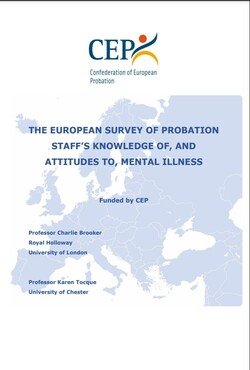By Tammy Felix, David Pyrooz, Meghan Novisky, Jennifer Tostlebe, and Jessica Dockstader
The coronavirus disease 2019 (COVID-19) pandemic continues to pose a substantial problem for our country’s correctional agencies. Since the onset of COVID-19, practical information about effective responses for correctional agencies has been lacking. Correctional leadership has been forced to innovate to keep their staff and populations safe and ensure continuity of operations. Along with the need to make modifications, many state departments of corrections have faced drastically reduced budgets. After two years of these challenges, correctional leaders and staff as well as incarcerated populations have been severely affected. In addition to their normal responsibilities, staff have had to take on additional duties and adjust to major changes in their work environment. The National Institute of Corrections (NIC) recognizes the importance of understanding how correctional systems across the country continue to modify their operations. Studying the outcomes of these modifications is essential to assist the broader correctional system in reaching a new normal. CNA, the Correctional Leaders Association (CLA), and the National Sheriffs’ Association (NSA) worked with NIC to gather and synthesize fact-based, practical information regarding these modifications. CNA, CLA, and NSA, in conjunction with NIC, recruited individuals from jails and prisons from all 50 states to participate in a survey and focus groups to assess the effect of the COVID-19 pandemic on their operations. This report focuses on the effect of COVID-19 in state correctional systems, referred to as correctional facilities moving forward, by providing information on the modifications correctional facilities made in response to COVID-19, a summary of effects on operations, a discussion of themes that emerged during the focus groups, and highlights of the innovative responses that correctional facilities have taken. The following are our key findings.
Arlington, VA: CNA. 2023. 51p.





















